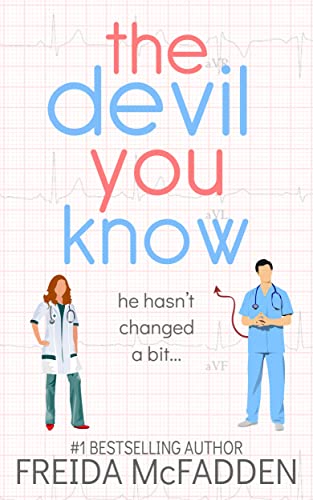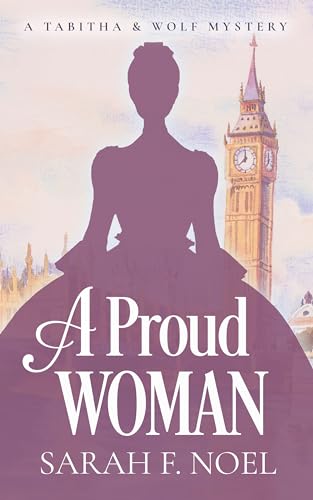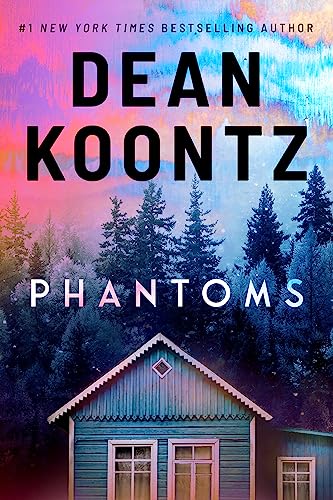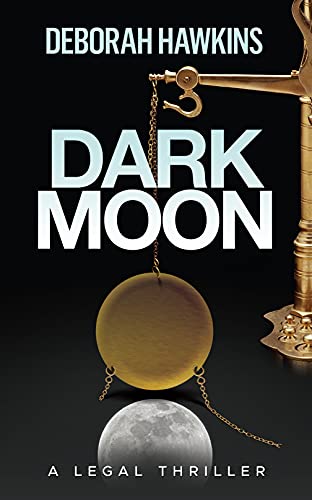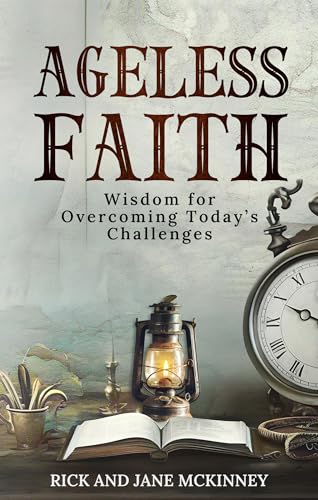Hiroshima
“The perspective [Hiroshima] offers from the bomb’s actual victims is the mandatory counterpart to any Oppenheimer viewing.” —GQ Magazine
“Nothing can be said about this book that can equal what the book has to say. It speaks for itself, and in an unforgettable way, for humanity.” —The New York Times
Hiroshima is the story of six human beings who lived through the greatest single manmade disaster in history. John Hersey tells what these six — a clerk, a widowed seamstress, a physician, a Methodist minister, a young surgeon, and a German Catholic priest — were doing at 8:15 a.m. on August 6, 1945, when Hiroshima was destroyed by the first atomic bomb ever dropped on a city. Then he follows the course of their lives hour by hour, day by day.
The New Yorker of August 31, 1946, devoted all its space to this story. The immediate repercussions were vast: newspapers here and abroad reprinted it; during evening half-hours it was read over the network of the American Broadcasting Company; leading editorials were devoted to it in uncounted newspapers.
Almost four decades after the original publication of this celebrated book John Hersey went back to Hiroshima in search of the people whose stories he had told. His account of what he discovered about them — the variety of ways in which they responded to the past and went on with their lives — is now the eloquent and moving final chapter of Hiroshima.

